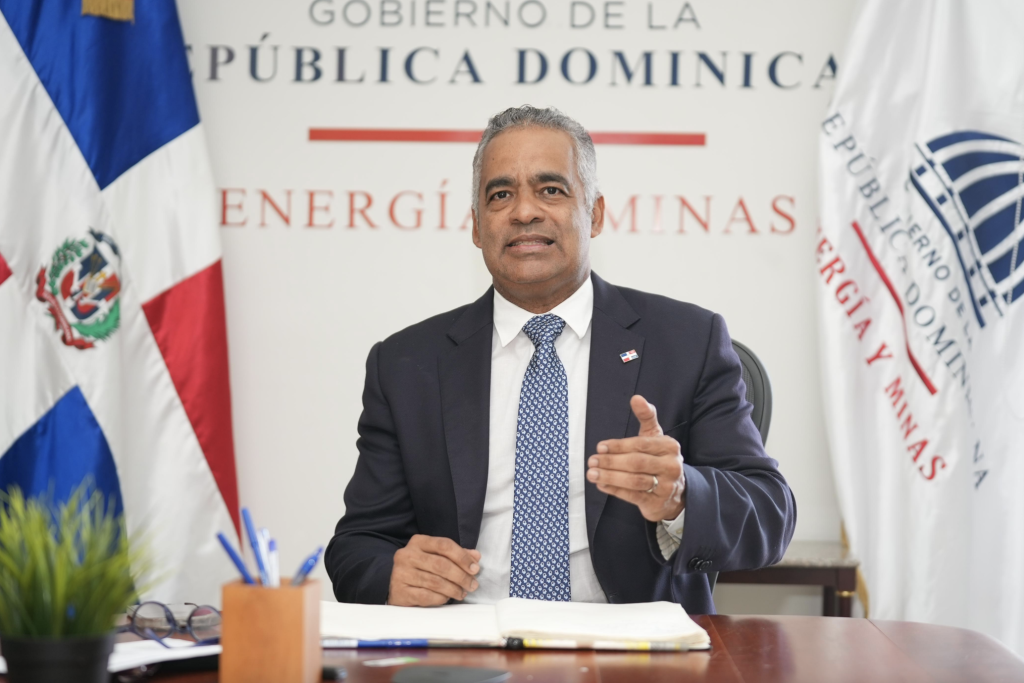
Energy and Mines Minister Joel Santos announced on Sunday, 9 February 2025 that exploration activities are advancing to determine the extent of rare earth element resources this year, with the first reserve declaration anticipated by 2026. This involves mineralogy studies, drilling, and testing to assess the depth and quantity of resources.
Two sites in Pedernales province (Reserva Minera Avila) are found to have promise.
Rare earth elements (REE) are used in technological devices, including medical equipment and cell phones. Everything from the iPhone to the Tesla electric engine to LED lights use REEs.
The US Army Corps of Engineers is working on the assessment into the feasibility for the exploitation of the minerals found in areas that were previously mined for bauxite.
During his visit to the Dominican Republic on 5 and 6 February 2025 US Secretary of State Marco Rubio highlighted the importance of the minerals found in Pedernales. US Secretary Marco Rubio gave priority to assisting the Dominican Republic in developing the strategic resource.
There are many challenges to the mining of rare earth elements. Among these is the issue that REEs are usually present in low concentrations, making them difficult to separate the desired material from other elements. The industry so far is energy-intensive. Moreover, the recycling of REEs generates hazardous waste.
Harvard International Review explains that demand for these elements is projected to spike in coming years as governments, organizations, and individuals increasingly invest in clean energy. An electric car requires six times the mineral inputs of a conventional car, and a wind plant requires nine times more minerals than a gas-fired plant. With current estimates, demand for REEs could increase six-fold by 2040.
The report in HIR explains that the known exploitation methods produce mountains of toxic waste, with high risks for the environment and health. HIR reports: “For every ton of rare earth produced, the mining process yields 13kg of dust, 9,600-12,000 cubic meters of waste gas, 75 cubic meters of wastewater, and one ton of radioactive residue. This stems from the fact that rare earth element ores have metals that, when mixed with leaching pond chemicals, contaminate air, water, and soil. Most worrying is that rare earth ores are often laced with radioactive thorium and uranium, which result in especially detrimental health effects. Overall, for every ton of rare earth, 2,000 tons of toxic waste are produced.”
New methods are being studied. As businesses and communities grapple with these ethical questions, new innovations present easy opportunities to move away from REE mining. Harvard researchers have developed a new method for extracting REEs using bacteria rather than toxic chemicals to separate metals from each other. Likewise, researchers at Purdue University found a way to extract REEs from coal ash instead of mining for ores.
Pedernales is also being developed as the next cruise destination and expects to have its first resort by the winter 2025/26. The mining area is but 28 kms from the touristic developments. The project developments are seen as essential to populate the border region with Haiti that traditionally has been the most economically-depressed in the country.
Leading media programs are sharing details on what this means for the Dominican Republic and the mining potential and environmental challenges.
Read more:
Ministry of Energy and Mines
Harvard University on rare earth mining
El Informe de Alicia Ortega
Esta Noche con Mariasela
11 February 2025

